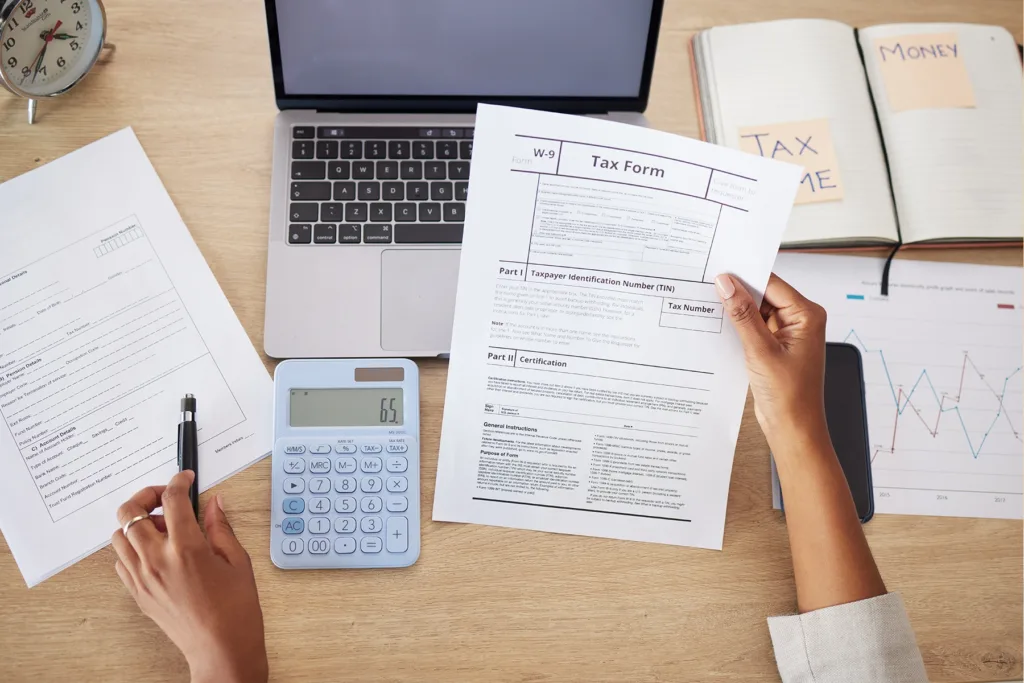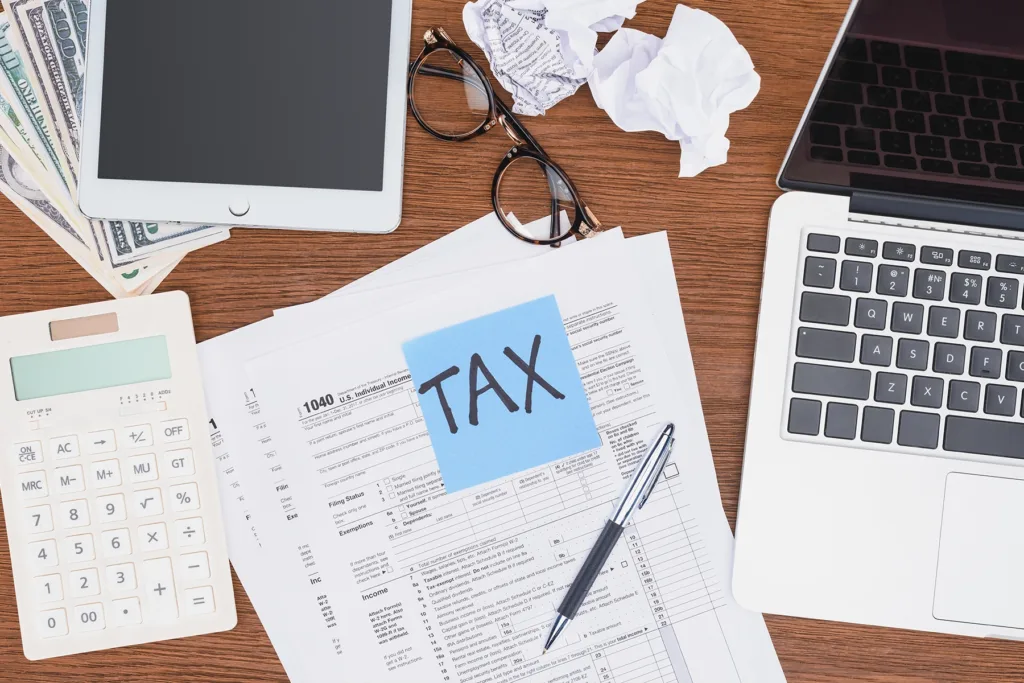The journey of self-employment tax is like sailing on uncharted waters, with its unique set of challenges and rewards. Among these challenges is understanding and managing your tax obligations, particularly the self-employment tax. At Raygoza Income Tax, we recognize the importance of grasping these concepts, so let’s delve into how self-employment tax works and what it means for you.
What is Self-Employment Tax?
Self-employment tax, often referred to as SE tax, encompasses the Social Security and Medicare taxes that self-employed individuals are responsible for paying. Unlike traditional W-2 employees, who have these taxes deducted from their paycheck, self-employed individuals must calculate and pay them on their own.
Share this article

How Much is Self-Employment Tax?
The amount of self-employment tax you owe is based on your net earnings, which is your profit or loss after deducting business expenses. For the tax year 2023, the self-employment tax rate is 15.3%, comprising 12.4% for Social Security and 2.9% for Medicare. It’s worth noting that there’s an additional Medicare tax of 0.9% if your net earnings exceed certain thresholds.
Calculating self-employment tax involves several steps:
- Determine your net earnings from self-employment, considering income from various sources and deducting allowable business expenses.
- Multiply your net earnings by 92.35% to account for the portion subject to self-employment tax.
- Calculate the Social Security portion by multiplying the result from step two by 12.4%.
- Calculate the Medicare portion by multiplying your net earnings by 2.9%.
- Add the Social Security and Medicare portions to arrive at your total self-employment tax.
For example, if you earned $50,000 from your self-employment, your self-employment tax would be calculated accordingly.
Self-Employment Tax Deductions
One advantage of self-employment tax is the opportunity to deduct half of the employer portion as an adjustment to your income. Additionally, self-employed individuals may qualify for the Qualified Business Income (QBI) deduction, allowing for a deduction of up to 20% of taxable income. These deductions help reduce the overall tax burden for self-employed individuals.
Who Must File Self-Employment Taxes?
If your net earnings from self-employment exceed $400, you’re required to file Schedule SE and pay self-employment tax. This applies regardless of your age or whether you receive Social Security or Medicare benefits. Whether you’re a sole proprietor, independent contractor, or freelancer, understanding and fulfilling your tax obligations is essential.
Filing and Paying Self-Employment Tax
To file and pay self-employment tax, follow these steps:
- Gather relevant documents, including 1099 forms, bank statements, and business receipts.
- Use Schedule C to calculate your net profit or loss by subtracting business expenses from income.
- Report your net profit or loss on IRS Form 1040.
- Use Schedule SE to calculate and report your self-employment tax amount.
- Determine if you need to pay quarterly estimated taxes using IRS Form 1040-ES.

Take Control of Your Self-Employment Taxes with Raygoza Income Tax
Empower yourself with the knowledge and support needed to manage your self-employment taxes effectively. Partner with Raygoza Income Tax and experience the difference of working with a trusted advisor who prioritizes your financial success. Contact us today to learn more and schedule a consultation.

